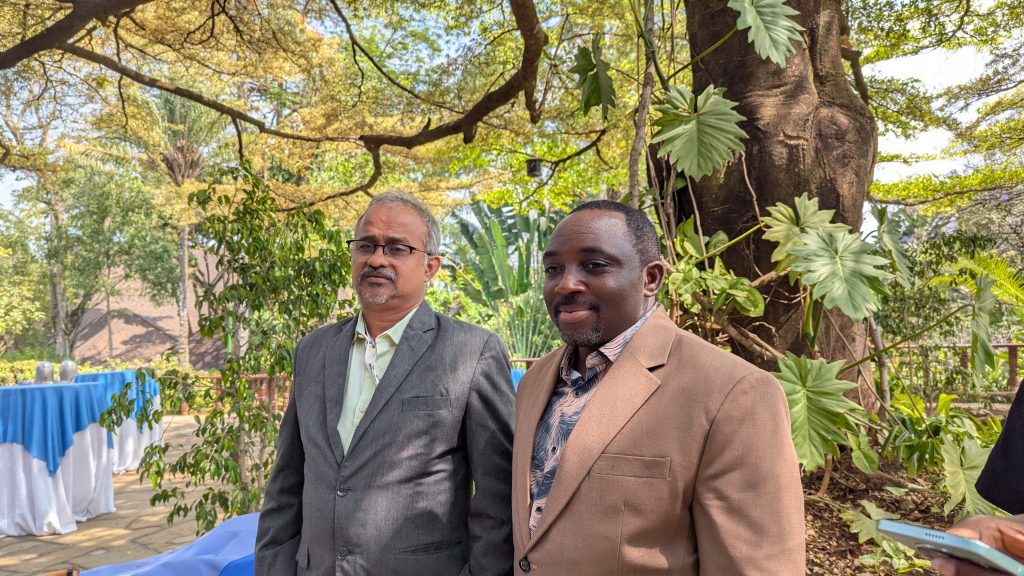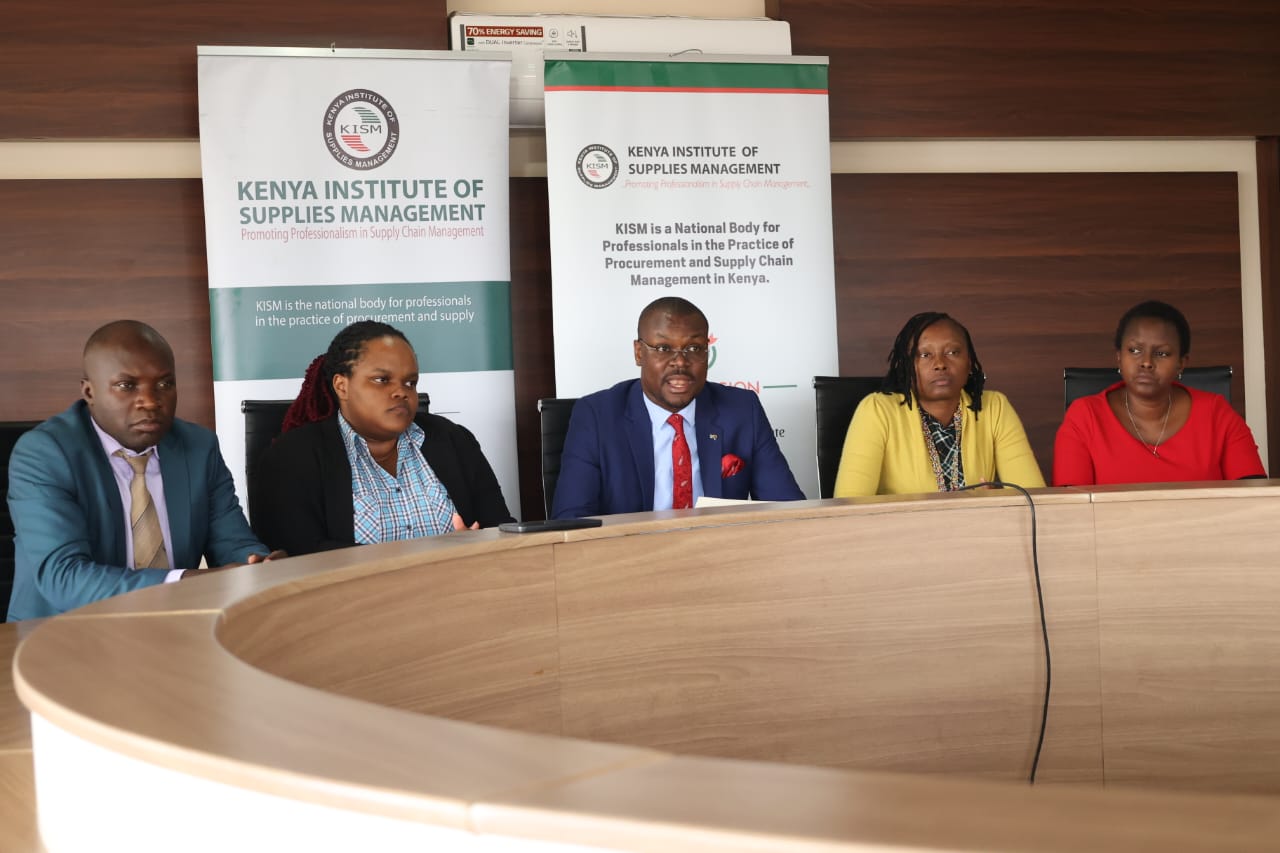By Eddah Waithaka
A convoluted 23-step registration process and prohibitive costs are strangling Kenya’s adoption of safer, eco-friendly biopesticides, leaving farmers dependent on harsh synthetic chemicals, a high-level government analysis has concluded.
The stark findings, revealed by a technical government working group, identify a critical paradox. Kenya has the legal framework for a biopesticide boom, but bureaucratic hurdles and a lack of awareness are locking the industry in a cage.
“Kenya is very ready for biopesticides,” said Dr. Wahungu Hilary, a policy analyst leading the review. “But the 23 steps you need to take to register biopesticides locally is prohibitive.”

The analysis, conducted by experts from the government, research institutions, and international bodies, pinpoints a system in crisis.
It calls for an urgent advisory to the Cabinet Secretary for Agriculture, pushing for a new National Biopesticide Action Plan to break the logjam.
The Registration Maze
At the heart of the problem lies a regulatory pathway managed by the Pest Control Products Board (PCPB). While designed to ensure safety, the process, categorized as A1, A2, and A3 acts as a formidable barrier for local innovators and small businesses.
Dr. Wahungu’s team found that local manufacturers and MSMEs consistently cite the “long channel of registering” and the “cost implication” of mandatory tests from various organizations as the primary reasons they cannot bring products to market.“
“Scientific studies are not that cheap,” Dr. Wahungu acknowledged. “There is need for reagents, tools, equipment, and capacity. That cost is usually borne by the innovators.”
The working group now recommends slashing data requirements, accepting international studies to avoid “reinventing the wheel,” and fostering a more collaborative relationship between regulators and scientists.
Dr. Sevgan Subramanian, a principal scientist at the International Centre of Insect Physiology and Ecology (ICIPE), highlighted the system’s rigidity.
He argued that the rules for a migratory pest like locusts, which strike unpredictably, should differ from those for a common crop pest.
“We will not be able to conduct aging for testing and registering these products for a pest that comes once in several years,” Dr. Subramanian said. “There needs to be some flexibility.”

The Farmer’s Dilemma
Even if a biopesticide clears the regulatory maze, it often gathers dust on a shelf. The analysis identified a near-total breakdown in awareness at the farm level.
“You can have a biopesticide on a shelf, but the farmers are not aware,” Dr. Wahungu stated, blaming crippled government extension services.
He contrasted this with conventional pesticide companies, which aggressively market their products directly to farmers, therefore the compounding problem is the price.
Kenyan farmers, driven by immediate cost, overwhelmingly “go for the cheapest products.” Currently, the government subsidizes conventional fertilizers and pesticides, making the safer biopesticides even less competitive.
“The moment the government subsidizes conventional farming inputs, it interferes with the farming bearing,” the analysis states. “To support farmers to use these biopesticides, they need for the government to subsidize biopesticides even more.”
Policy verses Action
Despite the challenges, experts agree that Kenya does not need a brand-new, standalone biopesticide policy.“The PCPB Act, in my opinion, talks very well about pesticides,” said Dr. Wahungu.
Dr. Zachary Kinyua, a crop health coordinator at KALRO, concurred, stating, “The fact that they have registered biopesticides, means that they are following a particular law. The law is in existence.”
Instead, the consensus is shifting toward a targeted Biopesticide Action Plan, a decisive playbook to streamline regulation, boost local manufacturing with incentives, and launch a government-led awareness campaign.
Dr. Chrysantus Tanga, a senior scientist at ICIPE, emphasized that the demand must come from the community, but the government must provide an “open door” to respond.
The ultimate goal, analysts stress, is to refocus the entire system on the end-user, the farmer and the consumer. When consumers demand safe produce, and farmers can easily access and afford the tools to grow it, Kenya’s green revolution can truly begin.
“The policy is supposed to address the end users who are mainly the farmers and the consumers,” Dr. Wahungu said. “The gaps are the creation of awareness.”







